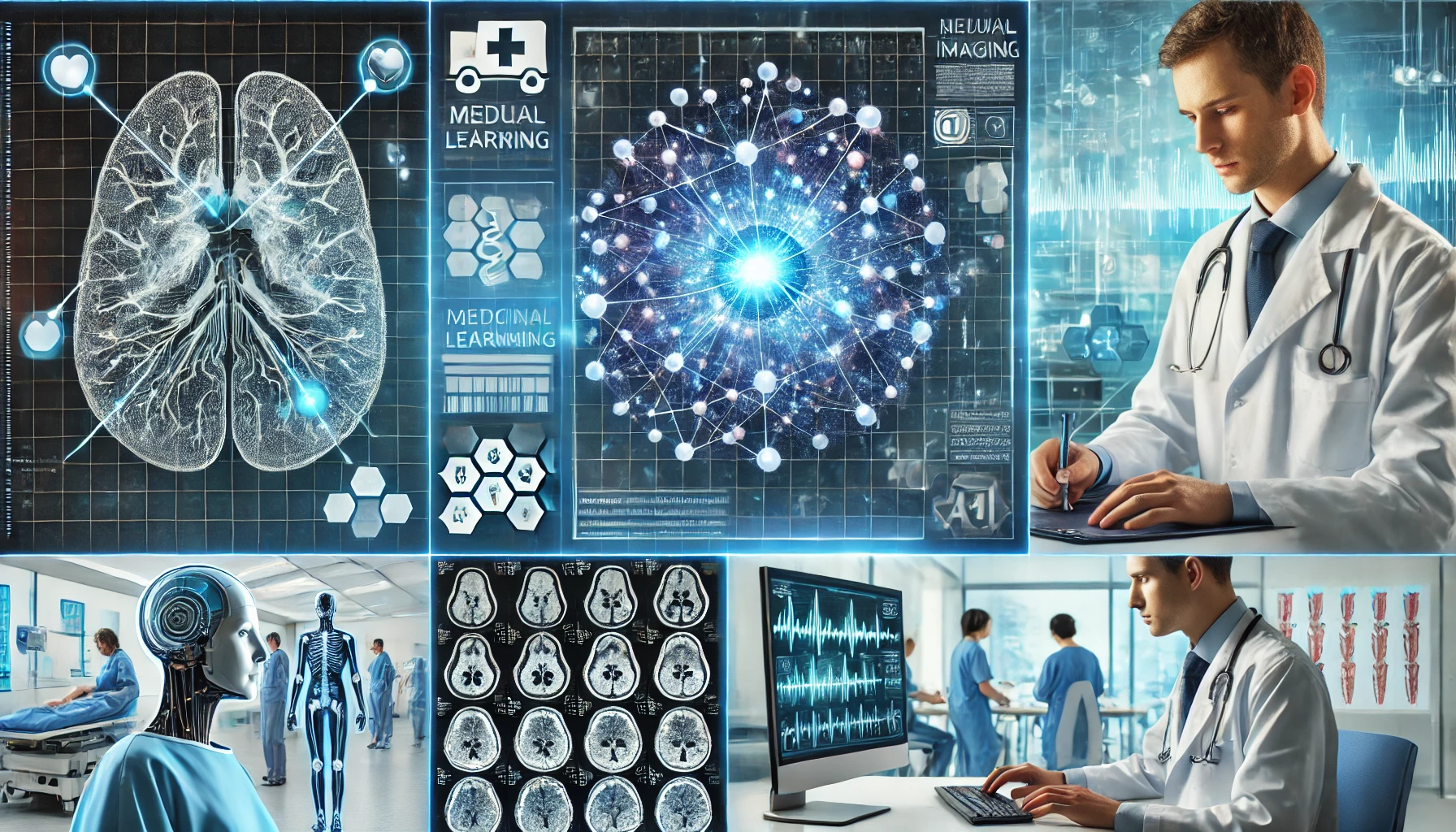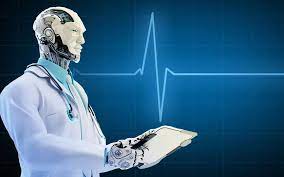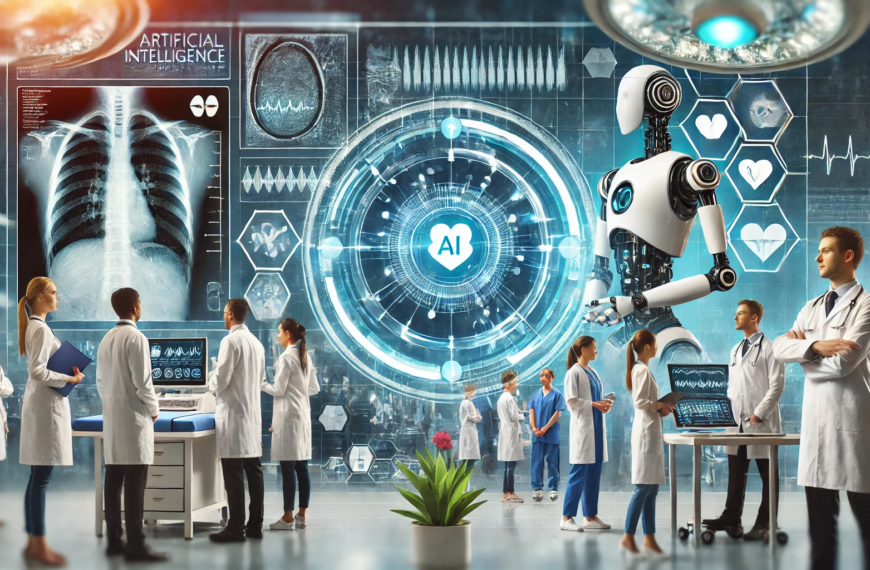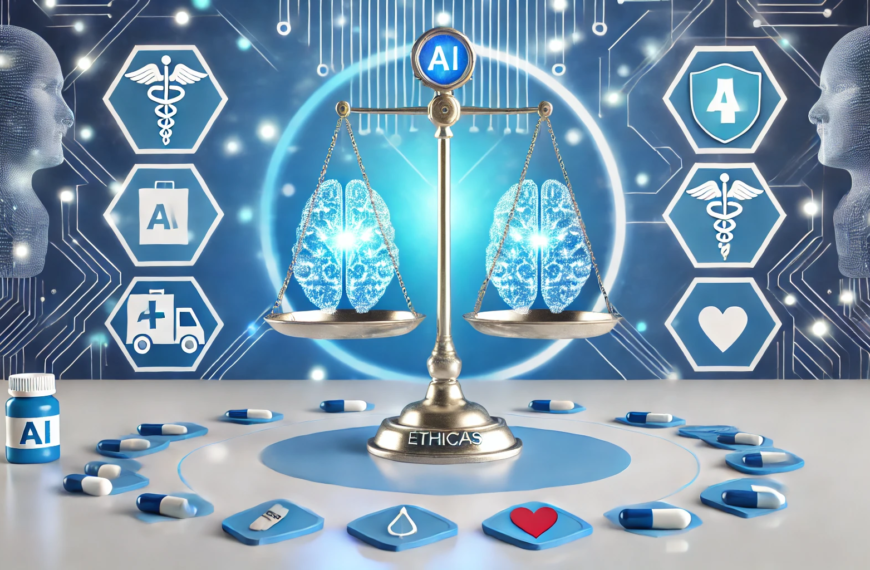The rise of machine learning (ML) in healthcare has been nothing short of revolutionary. By analyzing vast data, machine learning algorithms transform how medical conditions are diagnosed, enabling faster, more accurate, and personalized healthcare solutions. In this post, we’ll explore critical applications of machine learning in diagnosing medical conditions, highlighting real-world use cases and the potential this technology holds for the future of healthcare.
1. Medical Imaging and Diagnostics
Machine learning excels in analyzing medical images like X-rays, MRIs, and CT scans, identifying patterns and abnormalities the human eye might miss. These algorithms help doctors make faster and more accurate diagnoses.
Examples:
- Radiology: ML models can precisely detect tumors, fractures, and other conditions. For example, Google Health’s AI system can more effectively analyze chest X-rays to detect lung cancer than traditional methods.
- Dermatology: Algorithms like those developed by Stanford University can diagnose skin cancers as accurately as dermatologists.
Learn more about AI in medical imaging from Radiology Business.
2. Predictive Analytics for Early Detection
Machine learning can predict the likelihood of diseases before symptoms even appear by analyzing risk factors and patterns in patient data.
- Heart Disease: ML models can analyze EKG readings, blood pressure, and cholesterol levels to predict heart attacks or strokes.
- Diabetes: Algorithms can identify individuals at high risk for diabetes through genetic, lifestyle, and biometric data patterns.
Explore insights on predictive healthcare from HealthIT.gov.
3. Personalized Medicine
Machine learning enables personalized treatment plans by analyzing genetic information, medical history, and lifestyle factors. This ensures that treatments are tailored to individual patients, improving effectiveness.
Example:
Companies like IBM Watson Health use ML to recommend cancer treatments based on a patient’s genetic makeup and the latest research.
Read more about personalized medicine on the National Institutes of Health website.
4. Speech and Voice Analysis for Neurological Disorders
Machine learning models can analyze changes in speech patterns and voice to detect neurological disorders such as Parkinson’s disease, Alzheimer’s, and even depression.
How It Works:
- ML algorithms analyze voice recordings for subtle tone, pitch, and rhythm changes that may indicate cognitive decline or other conditions.
- This approach allows for non-invasive and early detection.
Discover more about this application from Parkinson’s Foundation.
5. Ophthalmology: Detecting Eye Diseases
Machine learning is being used to detect conditions like diabetic retinopathy and age-related macular degeneration (AMD) through retinal scans. If caught early, these diseases can prevent vision loss.
Real-World Example:
Google’s DeepMind developed an ML system that can diagnose over 50 eye conditions with the accuracy of a trained ophthalmologist.
Learn more from the American Academy of Ophthalmology.
6. Infectious Disease Management
Machine learning is helping diagnose infectious diseases like tuberculosis, COVID-19, and malaria by analyzing medical imaging and lab test results.
- For instance, ML algorithms have been developed to analyze chest CT scans for early detection of COVID-19, helping reduce the burden on healthcare systems during the pandemic.
Read more about ML in infectious diseases at CDC.gov.
7. Mental Health and Behavioral Analysis
ML tools are being developed to detect mental health conditions by analyzing social media activity, wearable device data, and survey results. These tools help in early diagnosis and continuous monitoring of conditions like anxiety, depression, and PTSD.
Example:
- Platforms like Woebot and Wysa use ML-driven chatbots to assess mental health and provide support.
For mental health resources, visit NAMI.
The Future of ML in Medical Diagnosis
As machine learning continues to evolve, its applications in diagnosing medical conditions will only grow more sophisticated. The future may bring:
- Real-time diagnostics integrated with wearable devices.
- Improved predictive models that can foresee pandemics.
- Fully automated diagnostic workflows that reduce human error and increase efficiency.
Challenges and Considerations
While the benefits of ML in medical diagnosis are vast, challenges remain:
- Data Privacy: Ensuring patient data is securely stored and used.
- Bias in Algorithms: Ensuring algorithms are trained on diverse datasets to provide equitable results.
- Integration: Adapting ML tools into existing healthcare systems.
Read more about addressing these challenges at Harvard Health Publishing.
Conclusion
Machine learning is revolutionizing how we diagnose and manage medical conditions, empowering healthcare professionals with tools that enhance accuracy, efficiency, and personalization. By leveraging this technology responsibly, we can move toward a more proactive, equitable, and effective future of healthcare.
Will machine learning become a standard tool for diagnosis shortly? Share your thoughts in the comments below!






